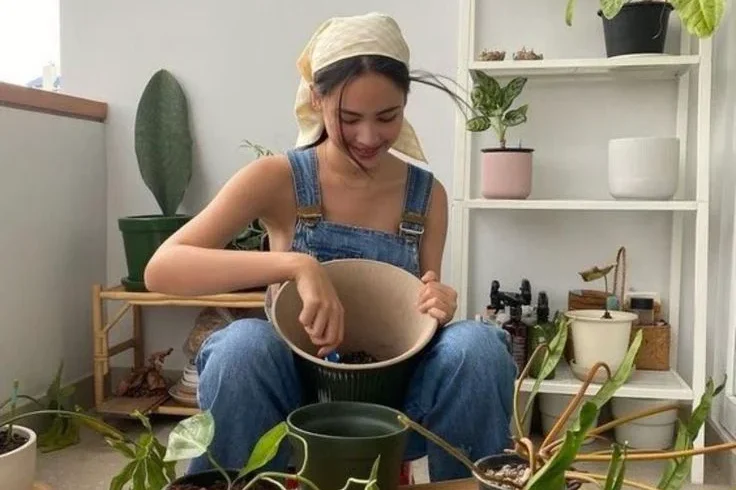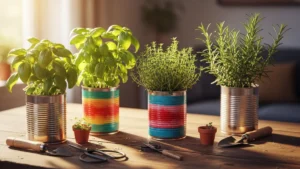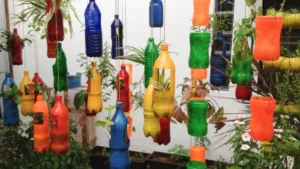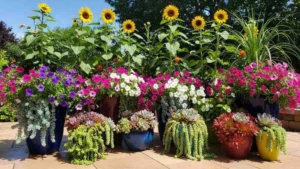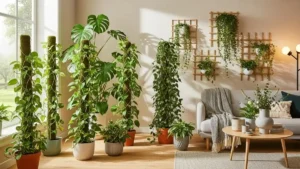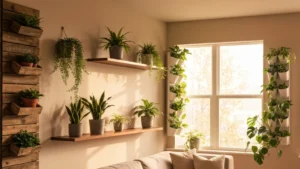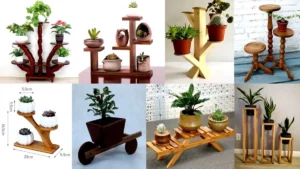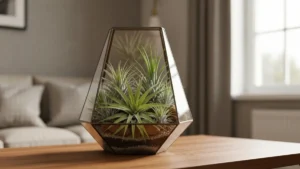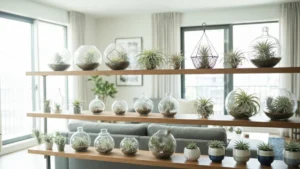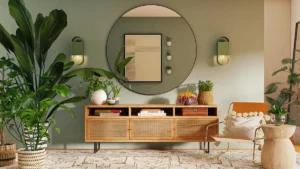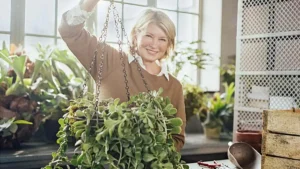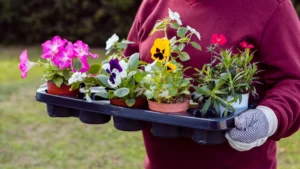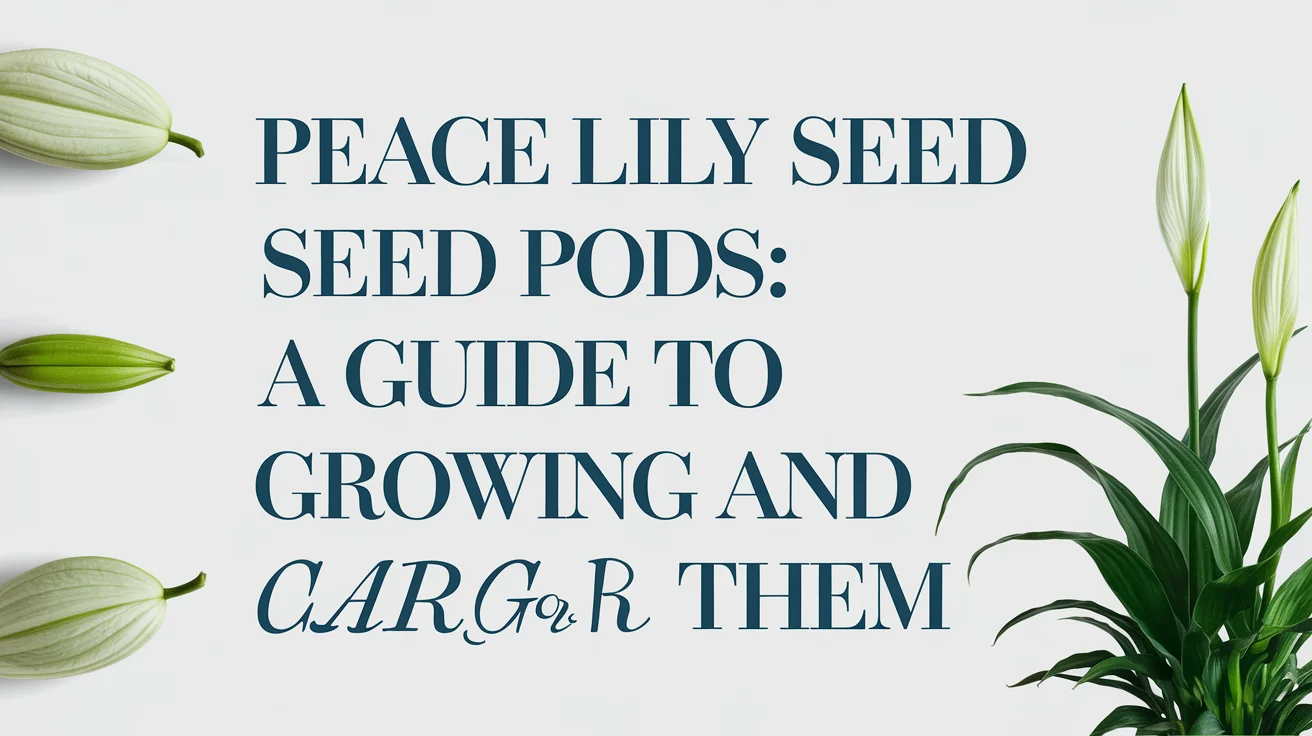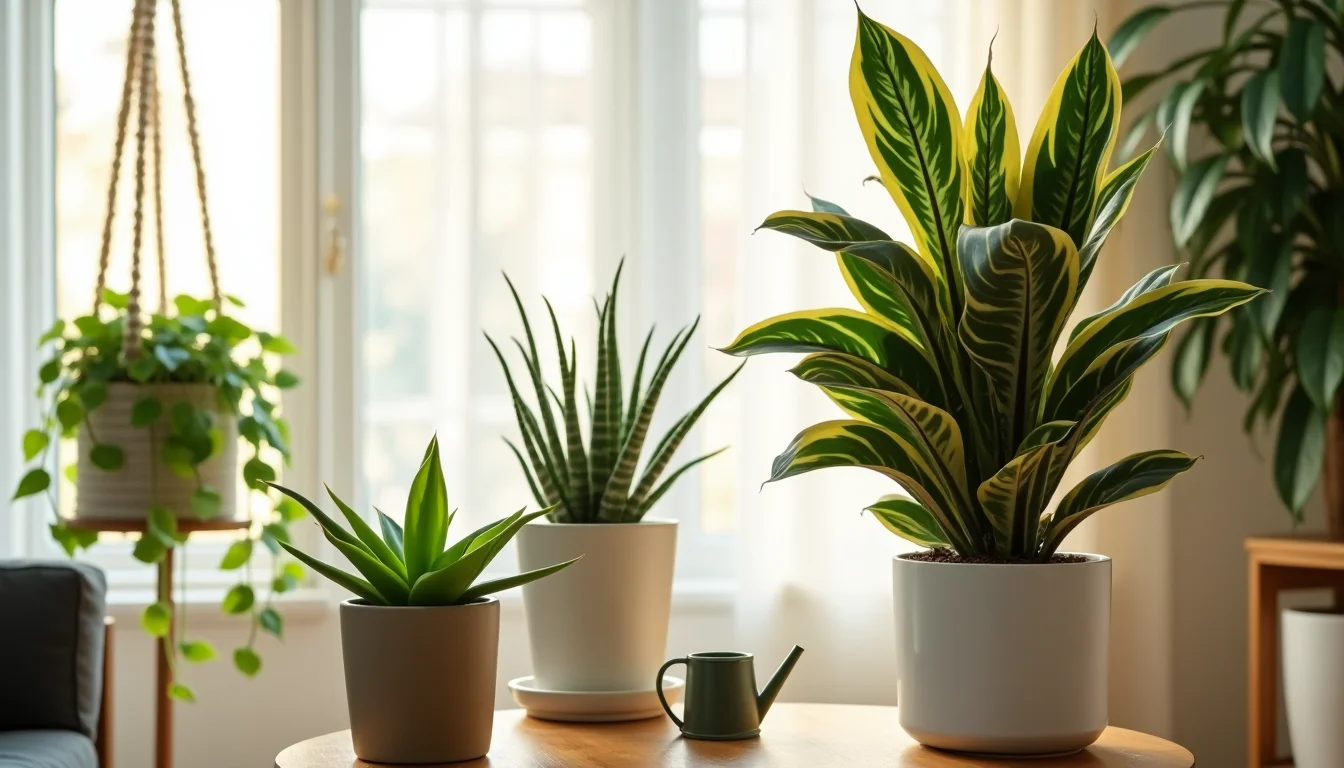If you’ve ever wondered how to care for an indoor plant, you’re not alone. Indoor plants bring life, color, and tranquility into any space—but keeping them healthy requires the right balance of care and attention. Whether you’re a seasoned gardener or a first-time plant parent, understanding the key principles of watering, light, soil, and maintenance will help your indoor garden flourish.
In this guide, we’ll explore how to care for an indoor plant step-by-step, using easy and practical methods you can apply immediately.
1. Understanding Your Indoor Plant’s Needs
Every indoor plant has its own unique personality. While some love bright light and humidity, others prefer shade and dry conditions. Therefore, before buying any plant, it’s essential to research its specific care needs. Additionally, consider your home’s lighting and temperature to ensure the plant can adapt well.
Pro Tip: Check the plant label, and if necessary, look it up online on reliable resources like the Royal Horticultural Society for accurate information. Moreover, you can compare several sources to better understand each plant’s ideal environment.
When you understand your plant’s origins whether tropical, desert, or woodland you’ll be able to recreate its ideal conditions indoors. Consequently, your plants will grow healthier, and as a result, you’ll enjoy a more vibrant and lively home atmosphere.
2. Choosing the Right Pot and Soil
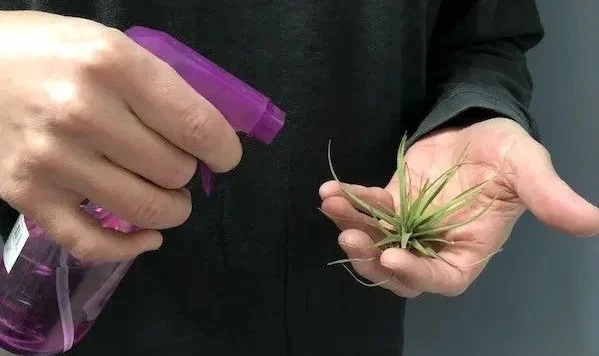
a. Selecting the Pot
Your pot should have drainage holes to prevent waterlogging. Excess moisture is one of the most common causes of root rot. Terra cotta pots are breathable, helping the soil dry evenly, while plastic pots retain moisture longer.
b. The Importance of Proper Soil
Use soil designed specifically for indoor plants. For example:
-
Cacti and succulents need well-draining soil.
-
Tropical plants prefer rich, loamy mixes with peat moss.
-
Orchids thrive in bark-based mixes for aeration.
Choosing the correct potting mix ensures your plant’s roots receive oxygen and nutrients effectively.
3. Watering: Finding the Perfect Balance
Watering is where many new plant owners struggle. Overwatering can suffocate roots, while underwatering can dry them out.
a. How Often Should You Water?
A general rule is to check the top inch of soil—if it feels dry, it’s time to water. However, factors such as temperature, humidity, and pot size also play a role.
b. Proper Watering Technique
Water slowly until it begins to drain from the bottom of the pot. This ensures even moisture distribution. Avoid letting plants sit in water-filled saucers, as stagnant water leads to fungal growth.
Transition Tip: Moreover, always use room-temperature water to avoid shocking the roots.
4. The Role of Light in Plant Health
Light is as vital as water. Without it, plants cannot photosynthesize or produce energy.
a. Identifying Light Needs
-
Bright light plants: Fiddle-leaf fig, aloe vera, snake plant.
-
Medium light plants: Peace lily, pothos, spider plant.
-
Low light plants: ZZ plant, philodendron, cast iron plant.
b. Adjusting for Indoor Spaces
If your home doesn’t receive much natural light, consider using grow lights that mimic sunlight. Position plants near east-facing windows for gentle morning sun or use sheer curtains to filter harsh afternoon rays.
External Resource: For lighting setups and recommendations, explore The Spruce’s indoor plant lighting guide.
5. Temperature and Humidity Management
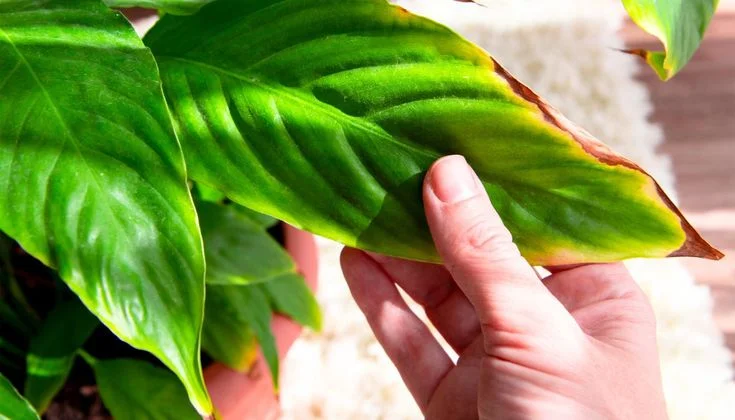
a. Maintaining Ideal Temperatures
Most houseplants prefer temperatures between 65°F–75°F (18°C–24°C) during the day and slightly cooler at night. Avoid placing them near air vents, heaters, or cold drafts.
b. Balancing Humidity Levels
Plants from tropical environments, like ferns and calatheas, need higher humidity. You can:
-
Use a humidifier.
-
Group plants together.
-
Place a tray with pebbles and water beneath the pot to increase ambient moisture.
Additionally, misting occasionally can help, but it’s not a substitute for consistent humidity.
6. Feeding and Fertilizing Your Plants
Feeding your indoor plants provides them with the nutrients they might lack indoors.
a. Choosing the Right Fertilizer
Use a balanced liquid fertilizer (10-10-10) once every 4–6 weeks during the growing season (spring and summer).
b. Avoid Overfeeding
Too much fertilizer can burn the roots. Always dilute fertilizer to half strength and stop feeding during winter when growth slows down.
7. Pruning and Cleaning
Pruning keeps your plant looking neat and prevents disease spread.
a. How to Prune
-
Remove yellowing or dead leaves regularly.
-
Trim leggy stems to promote fuller growth.
b. Cleaning the Leaves
Dust can block light absorption. Wipe leaves gently with a damp cloth every two weeks. For plants with fuzzy leaves (like African violets), use a soft brush instead.
8. Repotting: Giving Your Plant Room to Grow
When roots start poking out of drainage holes, it’s definitely time to repot. Usually, this means your plant has outgrown its current container and needs more space to continue thriving. Additionally, repotting allows you to refresh the soil, improve drainage, and encourage stronger root development.
Steps:
-
First, choose a pot that’s about 1–2 inches larger in diameter than the current one. This way, your plant has enough room to expand without feeling overwhelmed by too much soil.
-
Next, gently remove the plant from its old pot, and carefully loosen the roots with your fingers to stimulate new growth. Be sure to remove any dead or rotting roots during this process.
-
After that, add fresh, nutrient-rich soil and then position the plant in the center of the new pot. Fill in the sides evenly, leaving some space at the top for watering.
-
Finally, water the plant thoroughly until you see excess water draining out from the bottom holes. This ensures the roots settle comfortably into their new environment.
Pro Tip: Ideally, repot during spring or early summer, since this is when most plants are actively growing and can recover quickly. Moreover, using high-quality potting mix and ensuring good drainage will prevent root rot and support long-term health.
In conclusion, repotting may seem like a small task, but in reality, it’s a crucial part of your plant care routine. Consequently, your indoor plants will enjoy stronger roots, better growth, and a longer, healthier life.
9. Common Problems and How to Fix Them
a. Yellow Leaves
Usually a sign of overwatering or poor drainage. Adjust your watering schedule.
b. Brown Leaf Tips
Indicates low humidity or too much fertilizer.
c. Drooping Leaves

Learning how to care for an indoor plant is a fulfilling journey that blends patience, observation, and consistency. Moreover, by understanding your plant’s needs for light, water, soil, and nutrients, you can easily create a healthy indoor oasis that not only enhances your space but also improves your well-being.
In addition, when you care for plants regularly, you begin to notice small changes that gradually strengthen your connection to nature. Therefore, it’s essential to stay consistent, because every small act of care contributes to long-term growth. To deepen your knowledge, explore this detailed guide on growing aloe vera indoors, which offers valuable insights into proper lighting, watering, and soil techniques for thriving houseplants.
In addition, you can set reminders on your phone or calendar apps to help maintain consistency. Furthermore, some plant-care apps let you track watering and fertilizing schedules automatically. Consequently, you’ll never miss a care task again.
Ultimately, this small but meaningful habit ensures your plants receive the attention they deserve. As a result, they will reward you with lush, vibrant growth and a fresher, greener home atmosphere.
FAQs
1. How often should I water my indoor plants?
It depends on the plant type and environment. Generally, water when the top inch of soil feels dry.
2. What’s the best light for indoor plants?
Bright, indirect sunlight is ideal for most plants. Adjust based on each plant’s specific needs.
3. How do I know if my plant needs repotting?
If roots are visible from drainage holes or growth has slowed, it’s time to repot.
4. Can I use tap water for my plants?
Yes, but let it sit overnight to allow chlorine to evaporate.
How to Care for an Indoor Plant: Conclusion
Learning how to care for an indoor plant is a fulfilling journey that blends patience, observation, and consistency. Moreover, by understanding your plant’s needs for light, water, soil, and nutrients, you can easily create a healthy indoor oasis that not only enhances your space but also improves your well-being.
In addition, when you care for plants regularly, you begin to notice small changes that gradually strengthen your connection to nature. Therefore, it’s essential to stay consistent, because every small act of care contributes to long-term growth. To explore more about nurturing specific plants, check out this helpful guide on growing aloe vera indoors for extra insight and inspiration.
Furthermore, caring for houseplants isn’t just about keeping them alive; instead, it’s about nurturing a living connection to nature that continuously thrives alongside you. As a result, you develop mindfulness, patience, and appreciation for life’s slower rhythms.
Ultimately, when you nurture your plants, they, in turn, nurture you consequently, transforming your home into a space filled with calm, freshness, and inspiration. So, start small, stay curious, and eventually, you’ll discover that every leaf tells a story of care, growth, and harmony.

